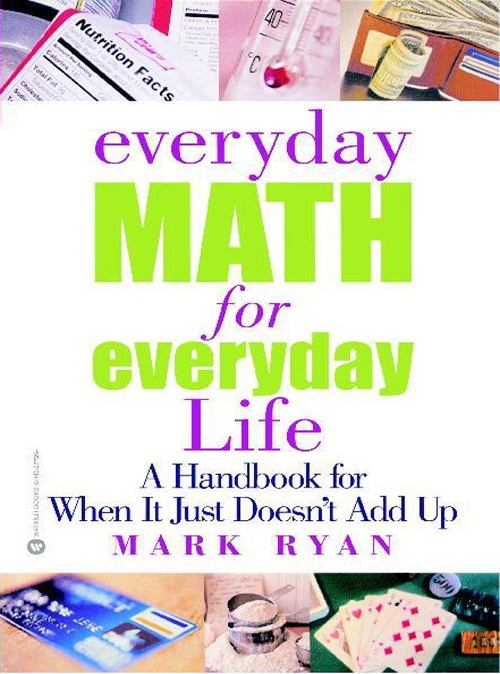Math Can Be Easy!
Tackle common math problems:
Determine the gas mileage of your car Calculate your caloric intake from FDA food labels Convert a recipe from eight servings to ten Compute the true interest rate of your credit card Demystify the prime rate and consumer price index.
Do mental math on the spot:
Calculate discounts, markups, and sales tax Multiply and divide with numbers in the millions, billions, and trillions Convert from centigrade to Fahrenheit Round off the right restaurant tip.
Master probability, odds, and statistics:
What are the odds that your next two children will both be boys? Which games should you play when you go to a casino? What is the significance of polls and their margin of error? What is the bell curve and what does its standard deviation tell you? Do men or women have more sex partners? The answers may surprise you!
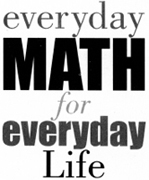
Copyright 2002 by The Math Center, Inc.
All rights reserved.
Warner Books
Hachette Book Group
237 Park Avenue
New York, NY 10017
Visit our website at www.HachetteBookGroup.com
First eBook Edition: September 2009
ISBN: 978-0-7595-2744-7
For my mother and in memory of my father. They taught me by word and example the love of learning.
This book would not exist if it had not been for the efforts of my agent, Sheree Bykofskymany thanks. My editors at Warner Books, Katharine Rapkin and Karen Melnyk, made many needed improvements to the book; editor Jessica Papin gave the project the right direction in its early stages; Brigid Pearson created a beautiful cover; Im grateful to production editor Mari Okuda for her professionalism and good humor; production manager Anna Maria Piluso did excellent work, as did managing editor Bob Castillo; and Roland Ottewells copyediting was virtually flawless. Everyone at Warner Books has obvious high standards. And H. Roberts Design created a handsome book.
My typist, Jerilyn Schumacher (19462001), did meticulous work. The intelligence and thoroughness of my research assistant, Elizabeth Dickey, made my work much easier. Former students of mine, Claire Adams, Shana Franklin, and Justin Piatt, have been valuable assistants. Im also grateful to Sharon Blue Spruce, Charles Downing, Alison Drumm, Ben Leech, Josh Lowitz, Mike Lukasiewiez, John Nilson, Josh Radinsky, and Aaron Retica. Attorney Robert Stein made critical improvements to my author-publisher contract.
The book is markedly better because of the suggestions of many friends who read portions of my manuscript. Many thanks to Roland Dieter (for his help with ), Henry Fetta, Cory Franklin, Tom Frederick, Warren Hawley, Jake Jacobs, Art Kupferman, Richard and Virginia Lombardi, Barry Sullivan, and John Wick.
My sister, Ellen Ryan Mardiks, and my brother-in-law, Steve Mardiks, have been a great help with this and all of my writing projects. Their writing talents and sound judgment make them invaluable sounding boards. I consult with my friend Ted Lowitz on all of my projects. Whether its a writing question, an aesthetic choice, or a business decision, its difficult for me to sign off on anything before I run it by him.
Lastly, a special thanks to Leah Radinsky. She read my entire manuscript twice, and made countless significant improvements to the book. She has a great eye for detail and a great sense of the big picture. Her support has increased my productivity and enhanced my creativity.
Like it or not, math is here to stay. We live in a world of percentages, statistics, interest rates, and taxes. The Dow goes up 3 percent, the NASDAQ drops 5 percent. The inflation rate is such-and-such a percent, the trade deficit is so many billions, and the national debt is so many trillions. And how big of a tip should you leave? You just cant get away from numbers.
My aim in writing this book is to give you an easy-to-follow guide to the math you encounter in your everyday life. I hope this single volume will become the first resource you turn to for all your mathematical or numerical questions. The topics range from the simplehow to solve a percentage problem, how to figure a tip, how to balance your checkbookto the complexthe formula for the present value of an annuity, an installment loan formula, and believe it or not, a simple explanation of Einsteins famous formula, E = mc2. You will also find here important numerical facts and definitions: everything from the definitions of gross domestic product and the federal deficit to windchill and heat index tables and the meaning of barometric pressure. Regardless of the complexity of the topic, all explanations are in plain English with a minimum of technical jargon.
The first part of the book is a review of all the math topics you need in your day-to-day life. This is not a review of high school mathematics. High school math teachers often try to persuade students that what theyre studying will prove useful, but lets face it, students are generally on the mark when they ask rhetorically, When are we ever going to use this? Few adults will ever need to use geometry proofs, trigonometry, advanced algebra, pre-calculus, or calculus. In fact, although simple algebra can come in handy, you can really get by without it.
Here are topics you do need. Basic arithmetic ().
Another fundamental is basic geometry ( will explain the ways in which charts and graphs we see in the media are often misleading.
If you read part I carefully, Im confident that you will come away with the feeling that you can handle most, if not all, of the math problems you encounter in your day-to-day life. Those of you who do not need this mathematics refresher course can skip part I or read only the chapters you need.
Parts II, III, and IV contain straightforward explanations of a hundred or so frequently encountered practical math problems. Simply look up your math question in the table of contents or the index. Youll find here explanations of things like converting between U.S. dollars and foreign currency, tips for helping your children with math, explanations of casino games, calculating mortgage payments, understanding credit card rates, and how to compute a pitchers earned run average.
Do the Math
One of my objectives is to give you the tools you need to become mathematically self-reliant, so that as you go about your day-to-day affairs, youll consider the math when making your decisions. You should know, for example, that flying from Chicago to Miami is much safer than driving. You may decide to drive anyway, for any number of reasonsthe scenery, you enjoy driving, etc.but you should know the relative accident statistics. You should be aware that if you carry a large credit card debt (at, say, a 19.8 percent APR) month after month without paying down the debt, you are throwing money down the drain at a truly alarming rate. When you do the math, youll see that it rarely makes sense to take advantage of the convenience of a credit card unless you know that youll be able to pay the balance down to zero in the near future. You may decide to buy that new computer or big-screen TV anyway, but you should be aware of the financial implications. Before you decide to buy a low-deductible health insurance planso that youll never have to worry about medical bills againyou should know that youll probably come out ahead if you buy a high-deductible plan. Before you go to the casino, you should know that roulette and craps are games of luck, not skill, and that the odds are against you. When it comes to math, ignorance is



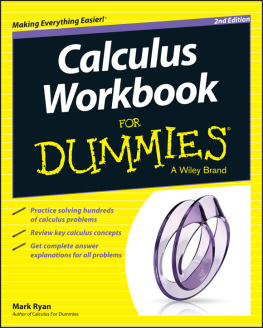
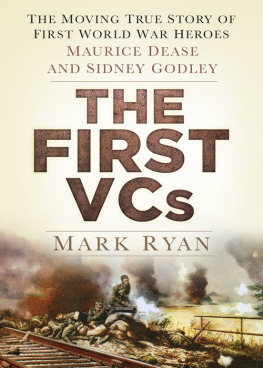
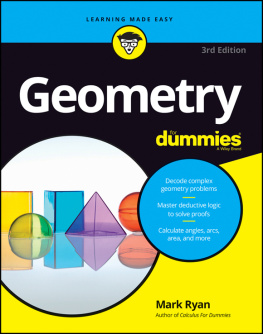
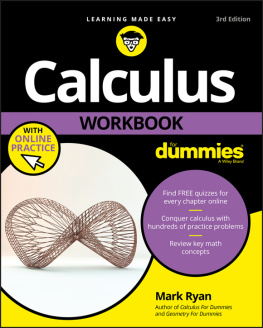
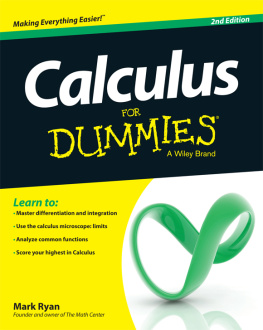
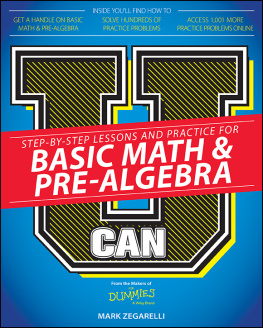
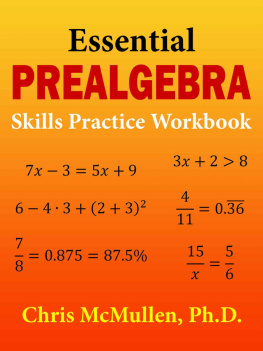
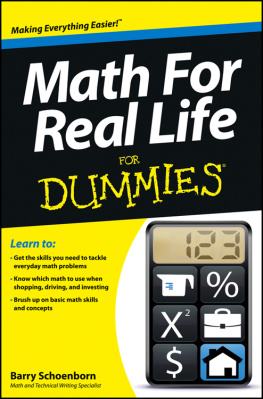
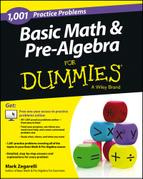
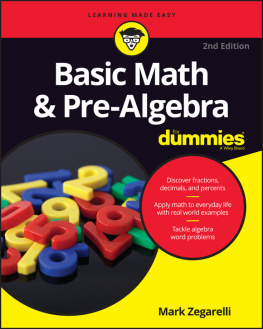
![Debra Anne Ross [Debra Anne Ross] - Master Math: Basic Math and Pre-Algebra](/uploads/posts/book/119083/thumbs/debra-anne-ross-debra-anne-ross-master-math.jpg)

